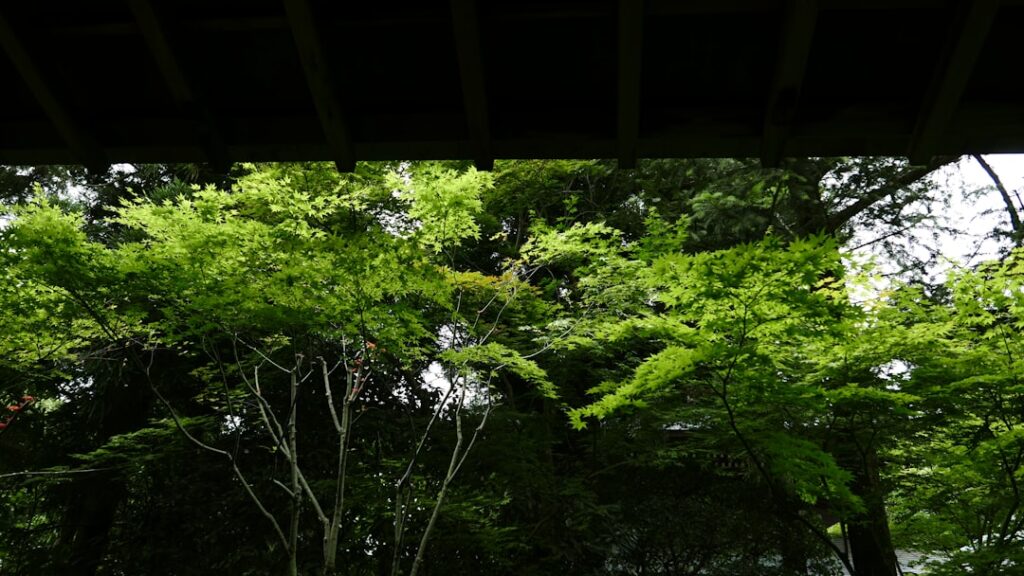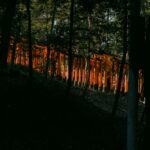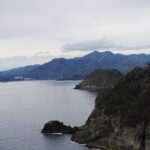Set on the remote southern waters of Japan, Yakushima remains an enigmatic destination brimming with ancient forests, mystical legends, and untamed natural beauty. While famed for its UNESCO World Heritage landscapes, the island offers far more than breathtaking views—here, visitors can immerse themselves in eco-friendly glamping, rejuvenating forest bathing, and authentic encounters with local food and culture. Ready to step into the heart of Japan’s hidden island? Let’s uncover what makes Yakushima one of Asia’s most enchanting off-the-beaten-path getaways.
Yakushima’s Natural and Historical Wonders
Yakushima’s unique allure is rooted in its wild, untamed landscape—a mountainous, rain-soaked island shrouded in mystical cedar forests. With a circumference of only about 130 kilometers, Yakushima is home to some of the world’s oldest living trees, such as the renowned Jomon Sugi, believed to be over 2,000 years old. These ancient giants thrive amidst lush moss, cascading mountain streams, and mist-kissed valleys, crafting a scenery so magical it inspired the forest settings in Studio Ghibli’s Princess Mononoke.
The island’s human history is equally fascinating. For centuries, local communities have coexisted harmoniously with nature, developing folklore, crafts, and culinary traditions closely tied to the rhythms of the forest and sea. Recognized as a UNESCO World Heritage Site since 1993, Yakushima stands as a living testament to nature’s grandeur and the Japanese spirit of respect for the land.
The Essence of Forest Bathing: Yakushima’s Signature Experience
Few places embody the Japanese concept of shinrin-yoku (“forest bathing”) as deeply as Yakushima. Here, the simple act of wandering through verdant cedar groves, breathing in the earthy scent of moss and rain-soaked wood, can feel transformative. Science backs up what locals have always known: a walk in these ancient woods soothes the soul, lowers stress, and awakens the senses.
One of Yakushima’s most revered forest bathing sites is Shiratani Unsuikyo, a lush ravine laced with emerald-green moss, winding streams, and fantastical gnarled trees. The well-marked trails offer multiple routes for all levels, leading visitors deeper into an environment that feels utterly primeval. Venture at dawn or after fresh rains for an almost ethereal atmosphere, where mist drifts through the branches and bird calls echo across silent glades.
Other noteworthy spots include the Yakusugi Land park and Anbo River valley, each inviting you to slow down and reconnect with the restorative power of nature.
Eco-Glamping: Sleeping Among the Giants of Yakushima
As eco-conscious travel grows, Yakushima is leading the way with a new breed of environmentally harmonious accommodations. Rather than traditional hotels, adventurous visitors can choose from a handful of eco-glamping lodges and nature resorts designed for minimal environmental impact and maximum immersion.
Imagine waking to the songs of forest birds in a beautifully designed tent or wood cabin, complete with modern comfort while keeping your footprint light. Some glamping sites use solar panels, compost toilets, and rainwater harvesting. Local lumber, bamboo, and stone feature in the architecture, blending seamlessly into the ancient landscape.
Popular choices such as “Sankara Hotel & Spa Yakushima” and “Yakushima Glamping Field” are tucked amid forests and streams, offering guided nature walks, open-air baths, and even stargazing sessions. These experiences let you fall asleep under a tapestry of stars and wake up cradled by the wisdom of thousand-year-old trees.
Flavors of Yakushima: Taste the Island’s Local Culture
No trip to Yakushima is complete without indulging in its distinctive culinary culture. The island’s isolation, rich forests, and surrounding seas have given rise to local specialties you won’t find elsewhere. Fresh seafood is a highlight—think katsuo (skipjack tuna), flying fish prepared as sashimi or grilled, and turban shells (sazae) plucked straight from the surf.
Foraged forest ingredients like wild yams and shiitake mushrooms feature prominently, as do locally grown citrus such as tankan oranges. Visit a rustic eatery or a ryokan for seasonal dishes, often prepared simply to let the natural flavors shine. You might even be invited to a homestay for a hands-on cooking class using native herbs and vegetables.
Don’t miss Yakushima’s hand-crafted shochu (a smooth local spirit) and sweet treats made with island botanicals, creating a true farm-and-forest-to-table experience.
Practical Travel Tips: When, How, and What to Do on Yakushima
The best time to visit Yakushima is between March and May or October and November, when mild temperatures and relatively drier weather make for optimal exploring. The island is accessible via high-speed ferry or flights from Kagoshima on Kyushu; car rentals are recommended for flexible travel.
Besides forest walks, Yakushima offers coastal kayaking, wildlife watching (look for endemic Yakushima macaques and deer), and hot spring soaking beneath open skies. Adventure seekers can challenge themselves with hikes to the Jomon Sugi or take guided snorkeling tours in crystal-clear waters.
Pack rain gear no matter the season—Yakushima is famously rainy and sometimes refreshingly unpredictable. Above all, move slowly, savor every moment, and let Yakushima’s ancient magic seep into your soul.
From eco-glamping under star-lit canopies to quiet moments among thousand-year-old trees, Yakushima invites travelers to rediscover the wonder of wild Japan. Whether you seek healing, adventure, or culinary surprises, this mystical island promises experiences as rare as its legendary forests—and memories to cherish for a lifetime.








